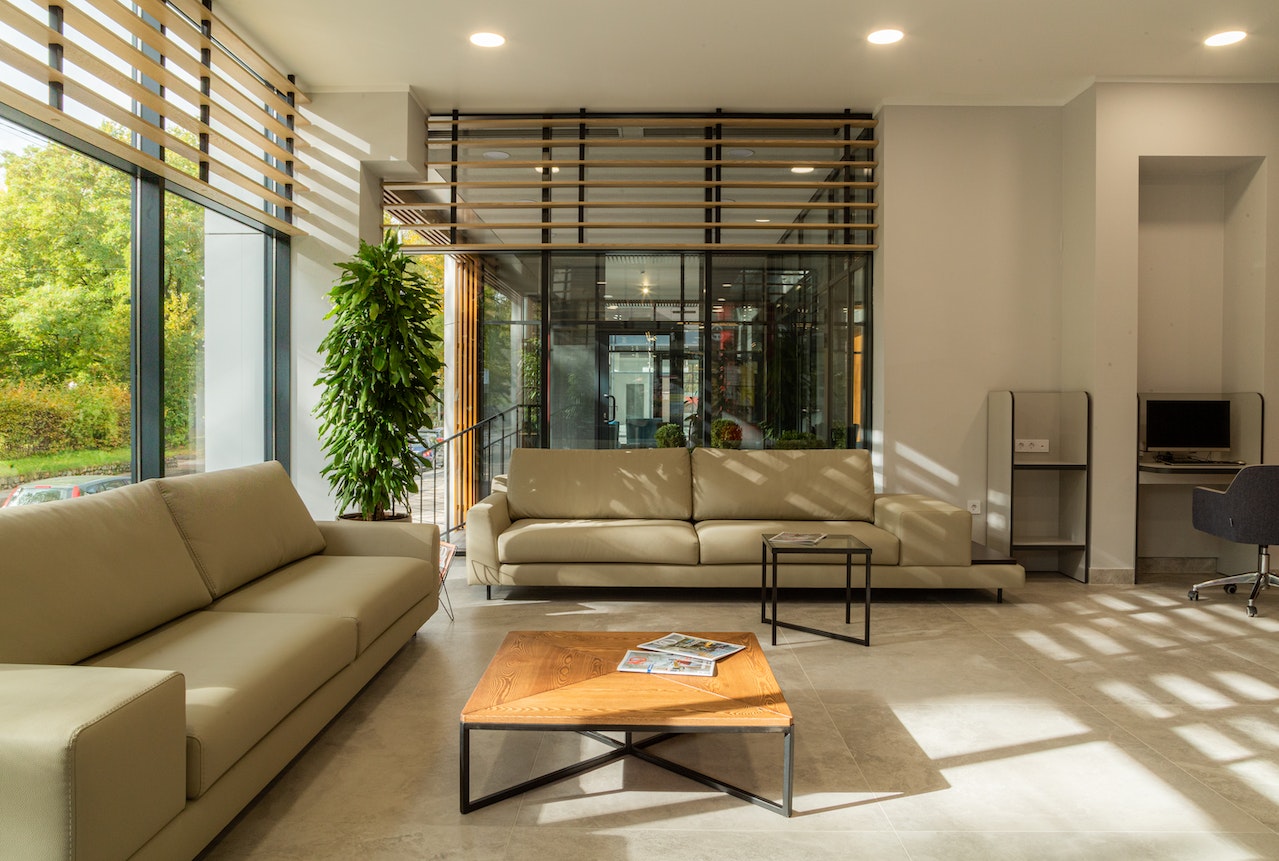Does Brighter Mean Hotter? Confronting Daylight Balancing Issues
There’s this inquiry you need to answer before jumping right into the article: “Does brighter mean hotter?” In other words, does the use of natural lighting make the place feel warmer or hot? Yes, it could be energy efficient and brighter than artificial lighting, but it makes you sweat and that could be uncomfortable. What to do then?
Author:George EvansOct 10, 202211.7K Shares420.7K Views
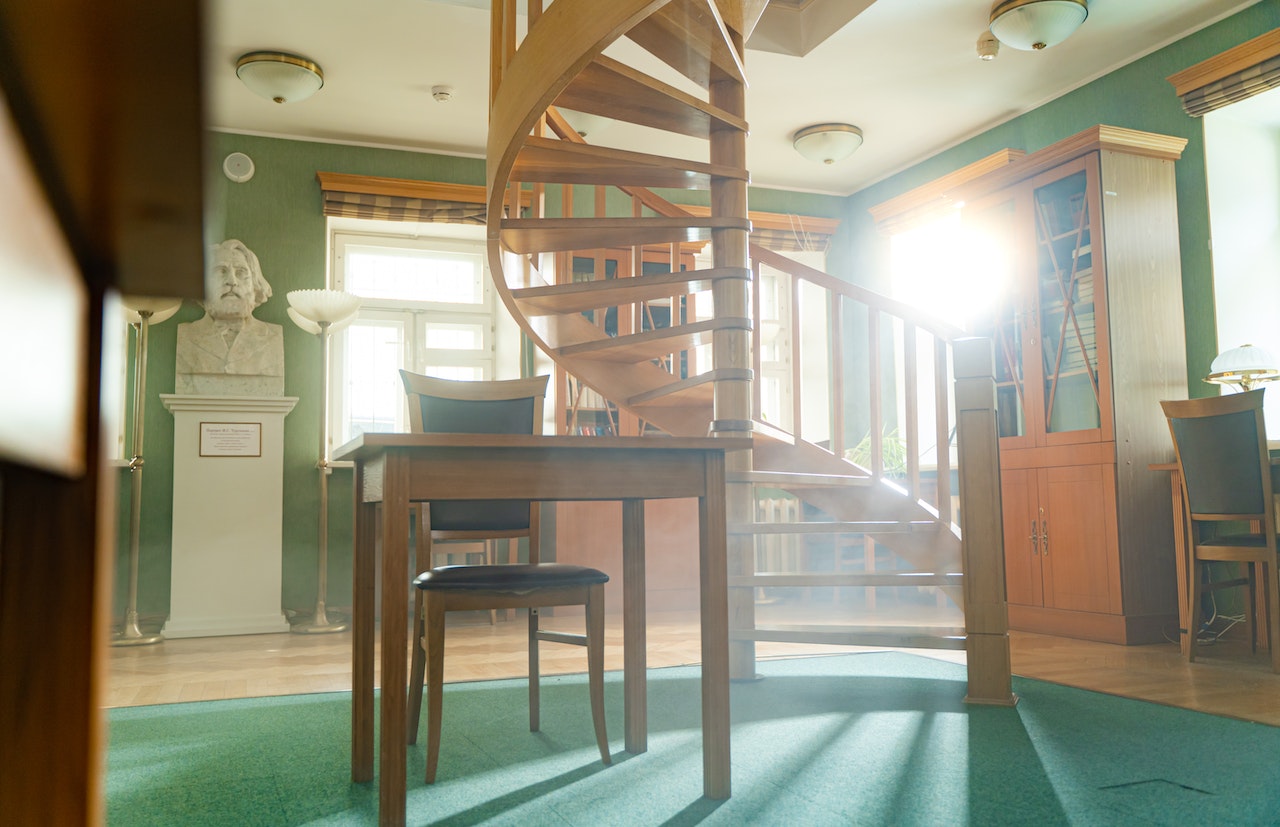
Let there be light!
When it comes to striking a balance between the use of daylight and artificial lighting, the typical question frequently asked is: “Does brighter mean hotter?”
It’s a tough challenge to balance daylight with the heat that accompanies it. This tradeoff often comes with the price tag of increased energy costs to cool the space.
Warehouses present a particular challenge because of their interior volume and the difficulty of maintaining electric lighting systems that are located at a high ceiling plane.
Traditional daylighting systems - windows and skylights - are often used to reduce the use of electric lighting and the associated maintenance costs.
While that strategy almost always works, it frequently introduces unwanted additional heat. That gives a negative answer to the question, “Does brighter mean hotter?”
An option that breaks this daylight/heat partnership is use of tubular daylighting devices (TDDs).
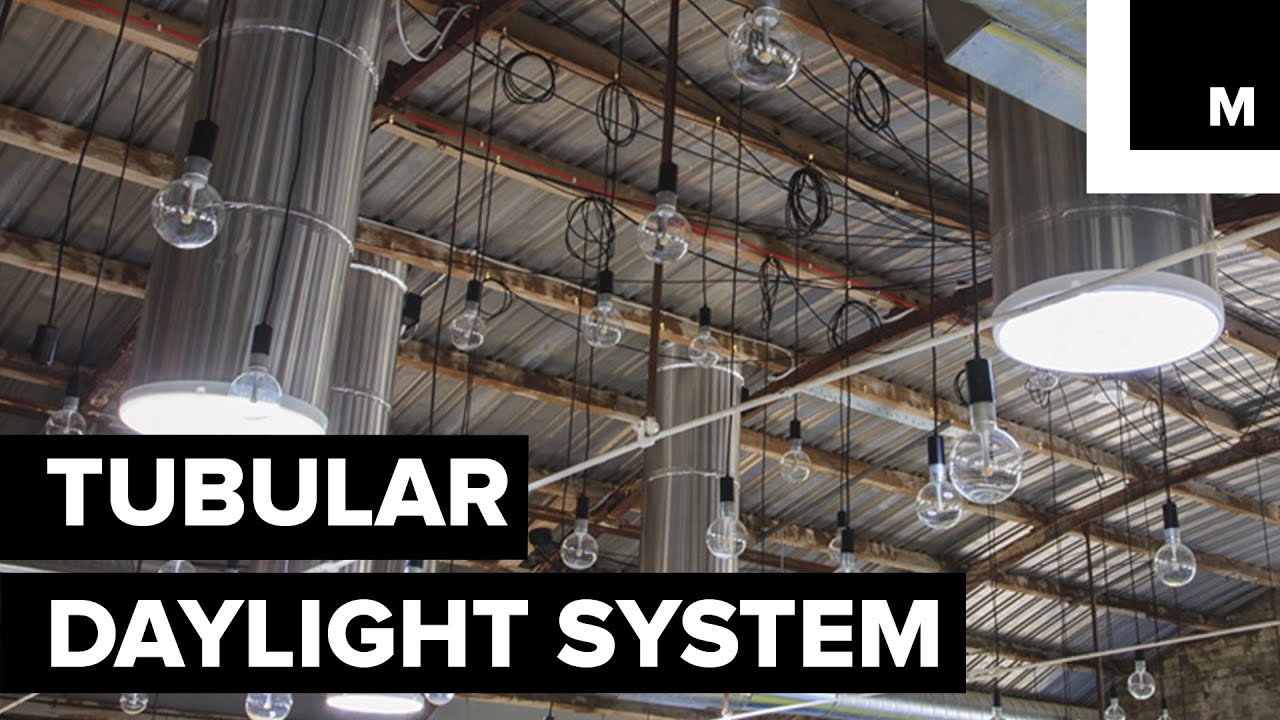
Tubular daylight system
Feeling Hot In Saudi Arabia
To illustrate this, let’s take a look at one of the hottest places on earth. This country proves how important the question “Does brighter mean hotter?” is.
Saudi Arabia’s largest Pepsi distributor, Saudi Industrial Projects Co. (SIPCO), is located in Jeddah, where summer temperatures can spike to 109 Fahrenheit (43 Celsius).
When management sought to replace the facility’s 400-W, metal-halide lighting system with daylighting, the objective was to attain adequate light levels without heat gain.
Optically-advanced TDDs were the perfect solution.
They provided abundant daylight (producing an average 200 lux throughout the year) without introducing heat in to the 129,166-sq.-ft (12,000 sq. m.) warehouse building.
With that piece of information, ask again: “Does brighter mean hotter?” This time, the answer is no.
This reduced SIPCO’s electricity use by 648,240 kWh/year, by eliminating the use of electric lighting and the heat gain that is associated with the electric fixtures.
As SIPCO discovered, thermal performance of the daylighting system is crucial because it affects occupant comfort and productivity as well as building costs.
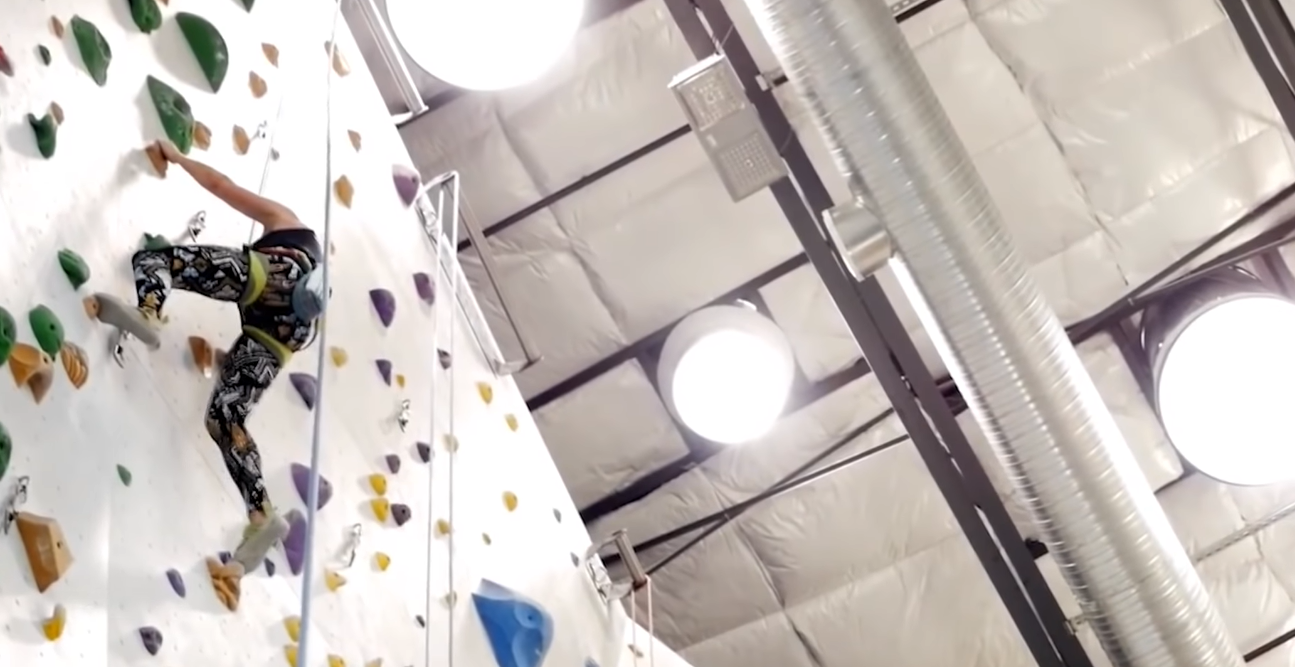
Daylighting And Thermal Issues
The question “Does brighter mean hotter?” usually comes up when natural lighting is discussed.
When it comes to thermal performance, the three daylighting options - windows, skylights, and TDDs - all perform differently on the two key issues: solar heat gain and conductive transfer of heat or cold.
Solar heat gain is infrared energy transmitted from outside to inside, through a window or skylight, that can heat a building’s interior.
Conductive transfer occurs when surfaces touch and heat or cold are transferred. If a window or skylight allows conduction of either from the outside environment to the inside, the space becomes too hot or too cold.
For such instance, asking “Does brighter mean hotter?” will invite a positive response.
To compensate, the indoor temperature is often adjusted, increasing heating and cooling utility costs.
This increased load placed on the HVAC system can even require equipment with increased heating and cooling capacity, further increasing costs.
A more efficient solution is installing TDDs for daytime lighting and energy-efficient LEDs for nighttime.
With less lighting-related heat produced, and reduced conductive heat transfer, the air conditioning and heating systems don’t have to be as large and/or work as hard.
Gauging Daylighting System Performance
There are factors to consider when looking for an answer to the question, “Does brighter mean hotter?”
To assess a daylighting system’s performance, you’ll want to look at three key factors: visible transmittance (VT) rating; U-factor; and solar heat gain coefficient (SHGC).
In general, you want a:
- high VT for maximum light transmittance
- low U-factor, meaning minimal heat conduction through the system
- low SHGC, indicating minimal solar gain
The most meaningful measure of total system performance is the light to solar heat gain (LSG) ratio. It reflects the amount of usable light to solar heat transmitted into a space.
The higher the LSG, the better.
When evaluating daylighting options, an LSG of 1.0 to 1.5 is generally considered a high-performing daylighting product. But with modern innovations in daylighting technologies, LSGs of 3.0 and higher are now feasible.
Interpreting The Data
It could take some analyses to justify a yes or no answer to the question, “Does brighter mean hotter?”
To ensure you select the best daylighting option for your project, it’s imperative to consider total system performance, not a single factor or rating.
For example, let’s say you’re considering a TDD because it has low U-factor and low SHGC. If you don’t also consider VT, you’re overlooking light transmittance, the main purpose of the system.
A low VT could be the result of tubing material that isn’t very reflective or a system design that’s inefficient at capturing daylight.
Assessing performance based on LSG ensures you’re not selecting good thermal performance, for example, at the expense of light transmission.
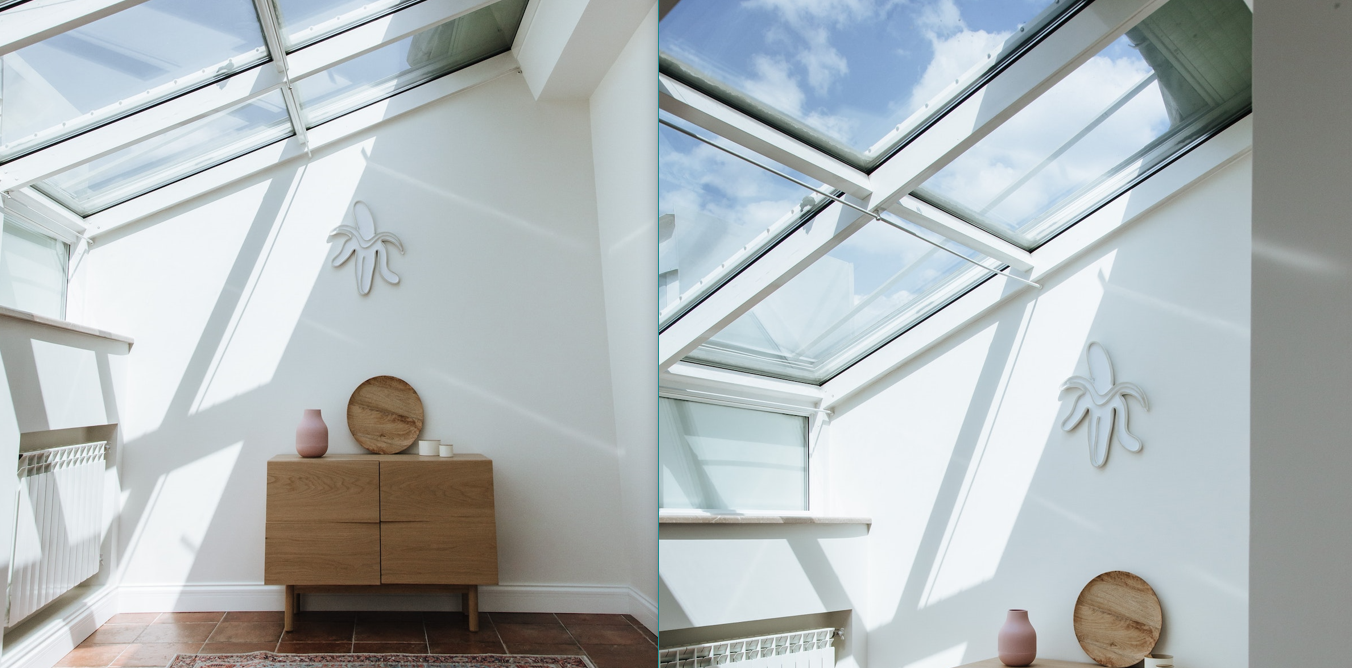
Achieving High LSG With TDDs
High LSG performance ratings are typically achieved only with TDDs engineered to maximize light capture and output while minimizing heat gain/heat loss caused by radiation (air transfer) or conduction (surface transfer).
Special dome materials, shapes, lenses and reflectors maximize light capture and reject heat at the rooftop level.
The answer to the question “Does brighter mean hotter?” could therefore depend on materials, too.
Reflective tubing with built-in cooling properties transfers large amounts of daylight to the interior with minimal light loss and without heat. This improves VT and SHGC measures.
Thermal breaks also improve performance.
Often manifested as dome rings, ceiling rings or expansion joints, they prevent conduction of heat between metal surfaces. This improves U-factor performance.
Systems that incorporate daylight collectors are even more effective because they gather light that would normally pass right over the dome.
Collectors reflect more daylight down into the system, even amplifying it for a VT that exceeds 1.0, or more than 100 percent.
This also means the system can deliver an LSG that approaches a value of 5.0.
Final Thoughts
It’s the accompanying heat that usually prevents people from using natural lighting. For them, their reply to the question “Does brighter mean hotter?” is a resounding “Yes!”
Understanding and applying rating systems can help you select a daylighting solution that provides optimal light output and thermal performance.
The sky is no longer the limit…it’s where your opportunity for better lighting begins.
The next time someone ask, “Does brighter mean hotter?” make sure to mention about daylighting options.

George Evans
Author
George Anderson, an exceptional architectural designer, envisions and brings to life structures that transcend the realm of imagination. With an unwavering passion for design and an innate eye for detail, George seamlessly blends form and function, creating immersive spaces that inspire awe.
Driven by a deep appreciation for the interplay of space, light, and materials, George's innovative approach redefines the possibilities of architectural design. His visionary compositions leave an indelible mark, evoking a sense of wonder and transforming the built environment.
George Anderson's transformative designs and unwavering dedication continue to shape the architectural landscape, pushing the boundaries of what is possible and inspiring generations to come.
Latest Articles
Popular Articles
